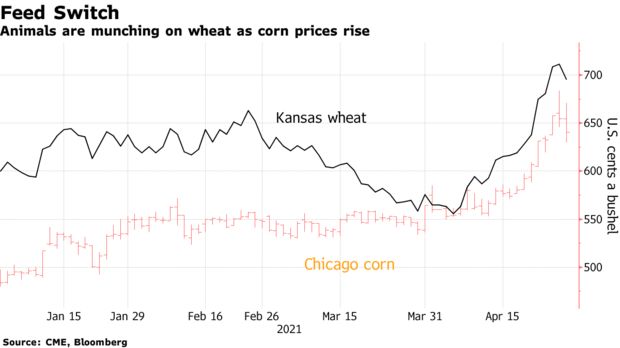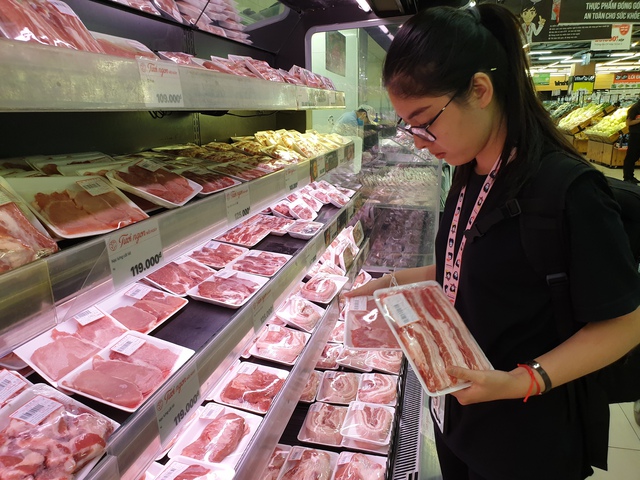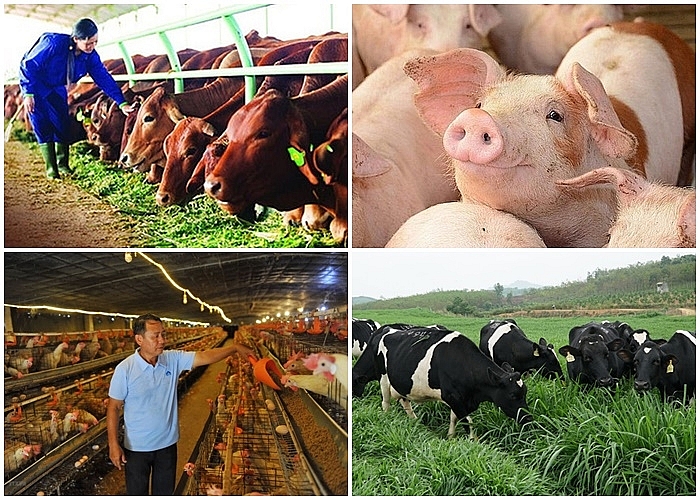- agrivina999@gmail.com
- No. 152 Thuy Khue, Tay Ho District, Hanoi City, Vietnam
News
The price of animal feed skyrocketed, so much so that it upset the flow of global trade
World cereal prices are at an eight-year high, driving up livestock costs and also signaling a further rise in the price of meat reaching consumers.
Raising chickens, pigs and cows is becoming so expensive that it upsets the flow of global trade.
Because of high grain prices, Perdue Farms, the US chicken giant, has made a rare move to import soybeans from Brazil. Meanwhile, BRF SA, Brazil's top poultry producer, is going to neighboring Argentina to buy corn, and feed companies in the US and China are buying heavily wheat, which is commonly used. used to make bread more than in livestock.
These moves underscore how tense global markets have become. World cereal prices are at an eight-year high, driving up livestock costs and also signaling a further rise in the price of meat reaching consumers. With demand still growing strongly in the context of the world gradually recovering from the pandemic, business leaders in the industry believe that the increase is far from over.
"The pork and chicken sectors still have good margins, so the price increase hasn't been too much of an impact. However, in some parts of the US corn prices have risen strongly enough that companies have switched to wheat." ", commented Brian Williams, vice president of Macquarie Group.

Corn prices soar, up to par with wheat prices
This may sound simple, but changing your pet's diet also poses some risks. Young cattle should not eat wheat and cows can become obese if eaten in excess. Researchers at the University of North Dakota recommend that wheat should make up no more than 15 percent of a livestock's diet when introducing this type of feed to them. The skin color of the chickens can also change with the diet, for example chickens that eat more corn will look yellower and some markets don't like that skin color.
Perdue is importing more than 31,000 tons of soybeans from Brazil because of insufficient supply from the US. The fear of a loss of corn crop in Brazil caused prices to rise, and BRF decided to turn to Argentina. According to Stephen Nicholson, an analyst at Rabobank, "the fact that a US company has to import soybeans is a psychological shock to the market".
High prices are starting to eat away at companies' profits in Brazil, but they're still not high enough to dampen demand, according to Paulo Sousa, CEO of Cargill Brazil.
At the moment, the world is still facing a shortage of grain for animal feed, while the supply of wheat is expected to increase sharply. If corn prices continue to rise, wheat will become more popular in the feed category. In April, corn futures prices rose to $6.84 at one point in April - the highest since 2013. Analysts predict that if corn prices continue to stay above $7 for a long time, that will become even worse. definitely like what we saw in 2012.
By: Cafef











